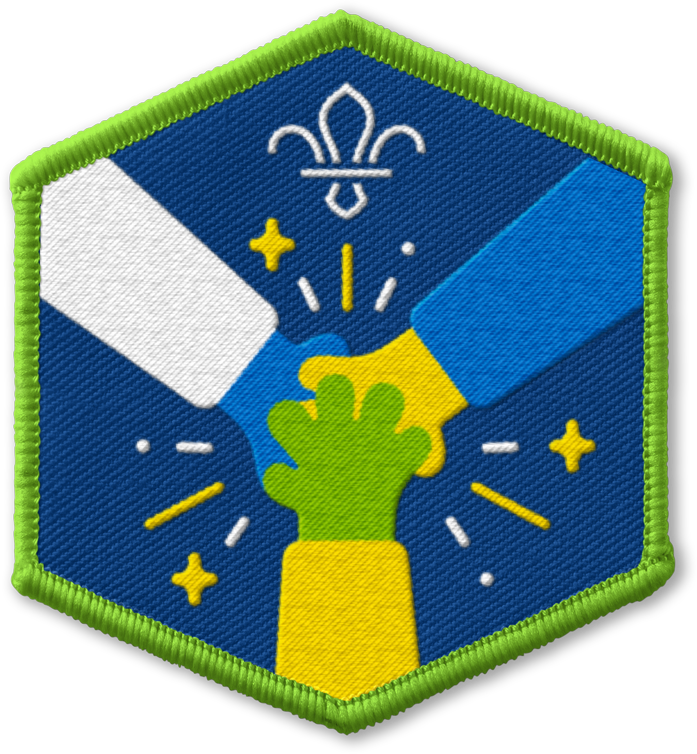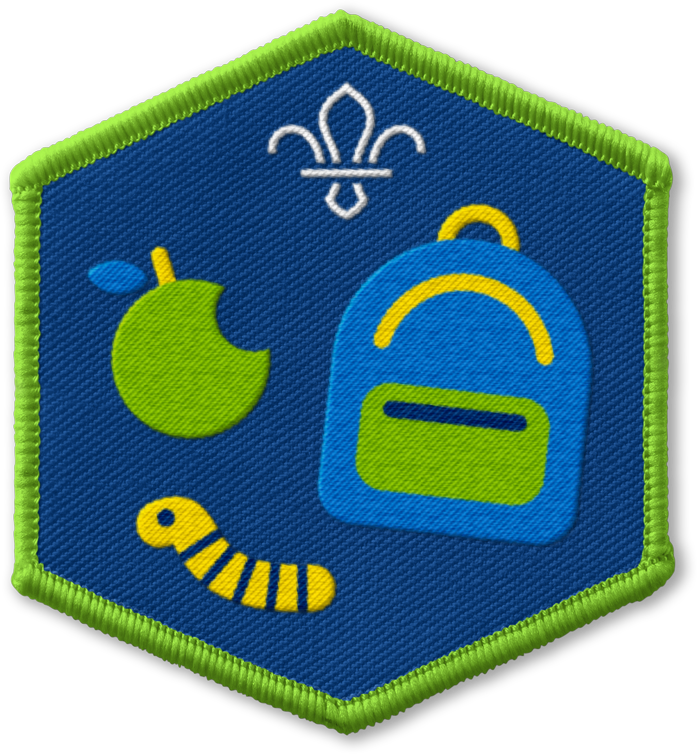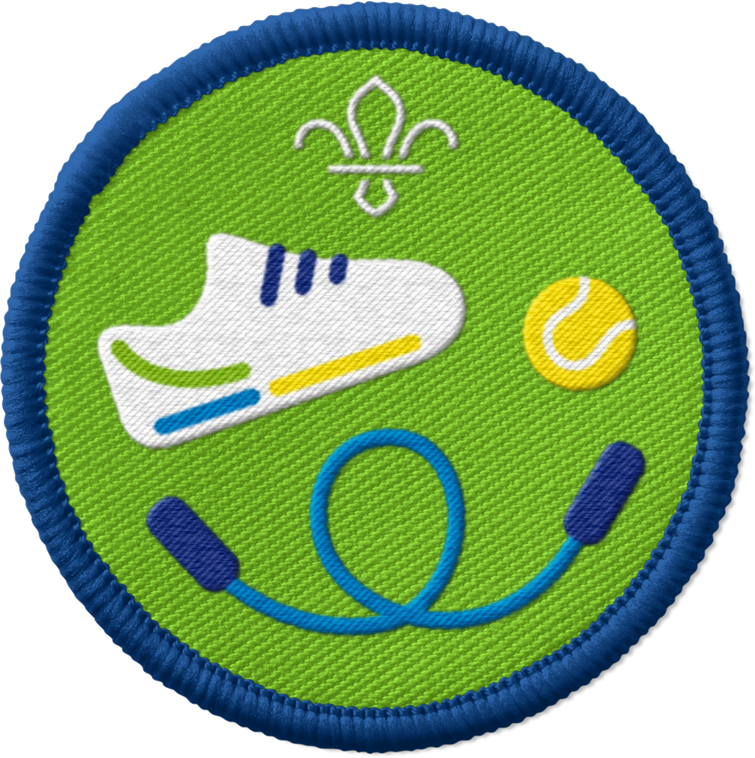
Tomato obstacle course
You’ll need
- Tables
- Chairs
- Chalk
- Buckets
- Scissors
- Printout of the ‘Tomato journey food facts’ sheet
- A sheet or blanket
- Hula hoops
- Netting
- A plank
- Soft floor mat
- Spray bottle filled with water
Before you begin
- Use scissors to cut out the food facts from the ‘Tomato journey food facts’ sheet.
- Set up an obstacle course for the group. The course should have ten separate obstacles for the group to try and get past to represent the journey of a tomato.
- Place a food fact cut out next to each obstacle, and the person leading the activity should keep the ‘Bin’ card.
- Here is an example of a course you could set up, using the below equipment:
- First, lay down the sheet or blanket
- Second, lay down the hula hoop
- Third, lay down the soft floor mat
- Fourth, lay down the bucket and spray bottle
- Fifth, make a tunnel from a row of tables or chairs
- Sixth, mark out a road with chalk
- Seventh, lay down the plank
- Eighth, lay out the net
- Ninth, mark the end of the course with chalk.
Run the obstacle course
- Ask the group what they know about the food industry. Find out what the members of the group know about where food comes from, how far it travels and how it gets from producers to us.
- The person leading the activity should invite members of the group to begin the obstacle course set out for them. Each person should take on the course one at a time. The person leading the activity should explain that each person who attempts the course will be following the path taken by a tomato from a grower to a shop. Everyone should watch the first person, who will need to be told what to do at each obstacle.
- Here are the obstacle instructions for our example course:
- The seed is planted - crawl under the sheet or blanket.
- The plant grows - stand in the hula-hoop and lift it over your head.
- The tomato is picked before being ripe - roll on the soft floor mat.
- The tomato is sprayed with chemicals - spray into the bucket three times.
- The tomato is stored - crawl under the row of chairs or tables.
- The tomato is moved by road - run up the chalk road.
- The tomato is moved by sea - walk along the plank.
- The tomato is packaged and stored again - crawl under the net.
- The tomato arrives at the supermarket - jump on the final fact card.
- As the group take turns to try the course, an adult volunteer should stop a person every few turns and hold up the ‘Bin’ card. Read out the fact on the ‘Bin’ card and explain that they have been thrown away. That person must return to the start again.
- Keep playing until all of the group have completed the course.

This activity helps contribute towards some of the UN's Sustainable Development Goals. Find out more about the SDGs, and how Scouts across the world are getting involved.


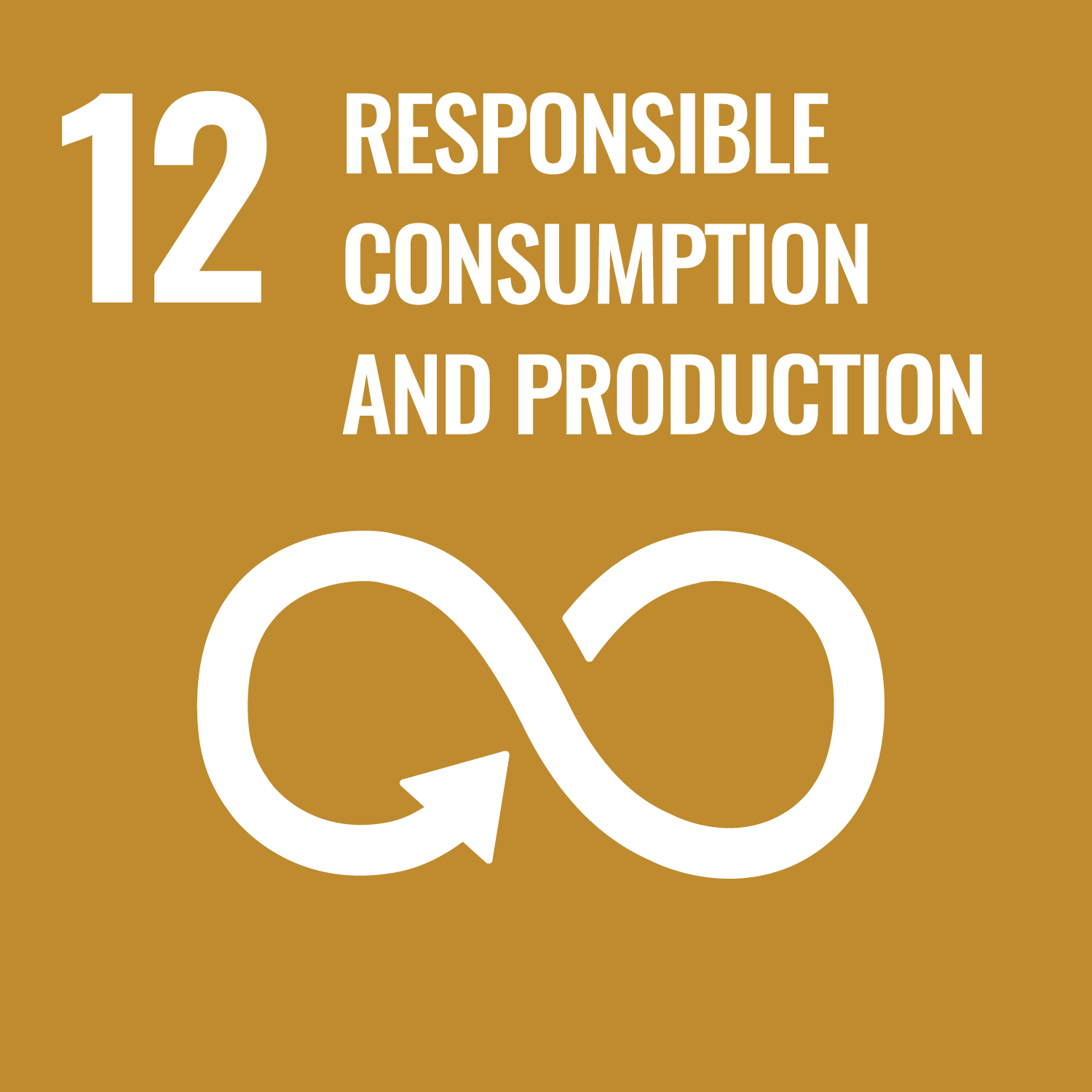

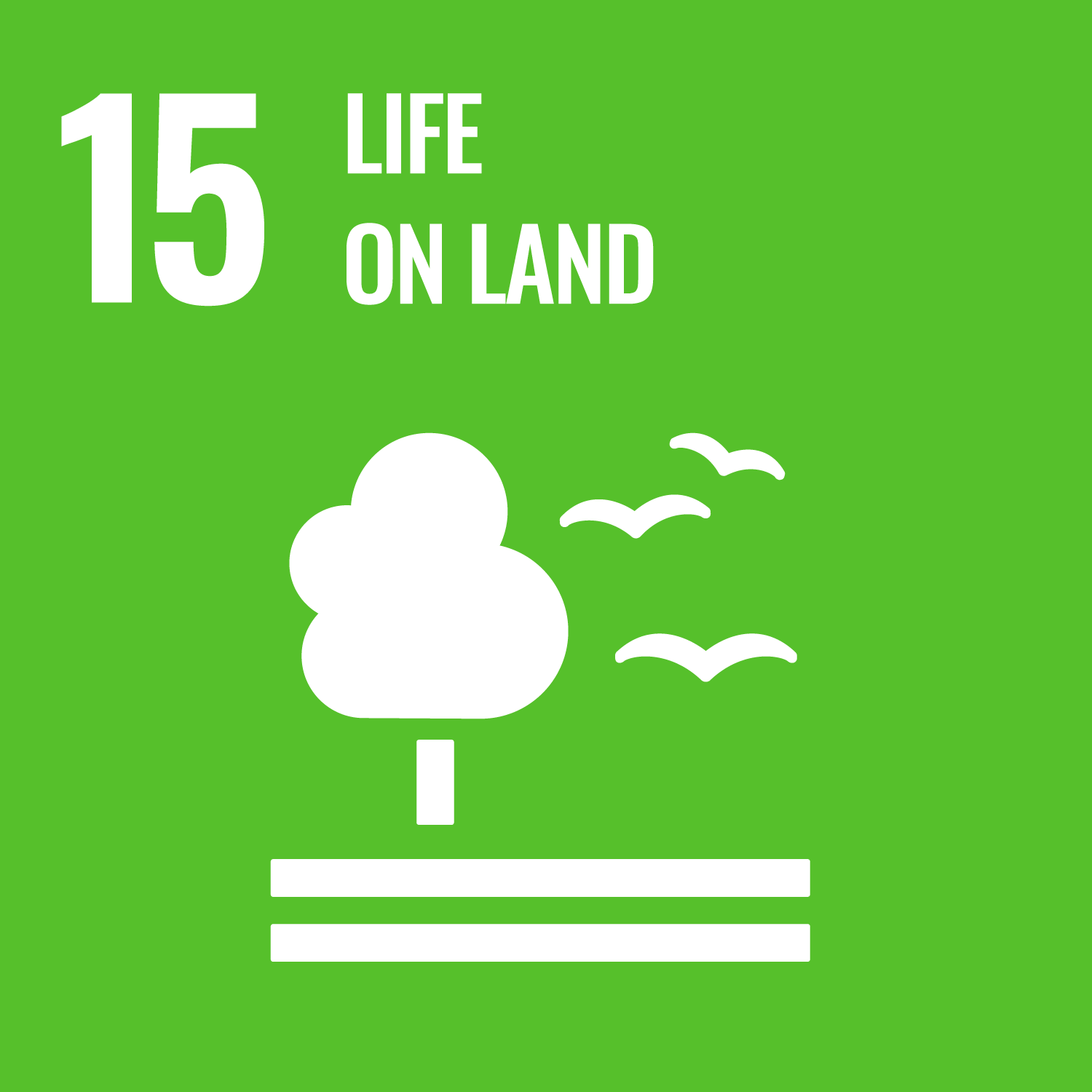
Reflection
The group has just completed an obstacle course that represents the journey of a tomato. Did they find it challenging to complete the course? How much energy do they think it might take to move a tomato to the shop in this way?
The course has shown the group just how many miles food has to travel, as well as the processes it has to go through. Given what they now know, how will they think about food in the future? Will they try to buy less and waste less, and will they look at other sources of food?
Safety
All activities must be safely managed. You must complete a thorough risk assessment and take appropriate steps to reduce risk. Use the safety checklist to help you plan and risk assess your activity. Always get approval for the activity, and have suitable supervision and an InTouch process.
- Scissors
Supervise young people appropriately when they’re using scissors. Store all sharp objects securely, out of the reach of young people.
- Poles and long objects
Be careful when moving poles or long items. Take care if the ends are sharp. Have appropriate supervision for this activity.
- Heavy and awkward objects
Never lift or move heavy or awkward items alone. Ask for help or, if possible, break them down into smaller parts.
- Sharp objects
Teach young people how to use sharp objects safely. Supervise them appropriately throughout. Store all sharp objects securely, out of the reach of young people.
- Active games
The game area should be free of hazards. Explain the rules of the game clearly and have a clear way to communicate that the game must stop when needed. Take a look at our guidance on running active games safely.
Add more challenges to the course for more energetic members of the group. These could include stages where tomatoes are chilled (dip a hand in icy water), packed (climb into a cardboard box) and made into sauce (shout ‘squashed!’).
Remove steps from the course for those who might get tired or find it too difficult.
Adapt the course and the obstacles to suit the needs of those with mobility issues and sensory differences.
All Scout activities should be inclusive and accessible.
Groups who are interested in creating a new life journey for tomatoes could grow some of their own. They could also come up with ways of using tomatoes that are a funny shape or past their best, rather than letting them go to waste.
Discover more at https://www.wwf.org.uk/


